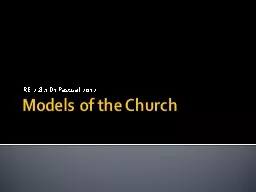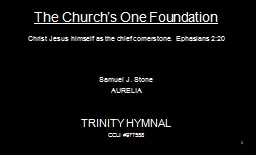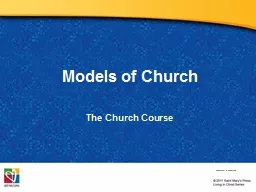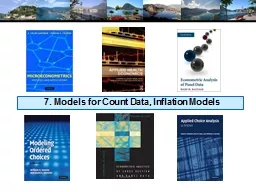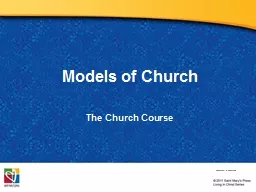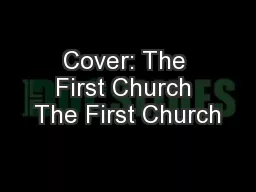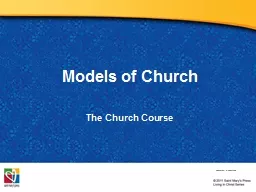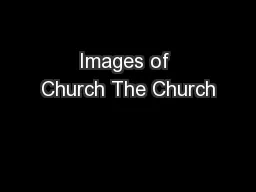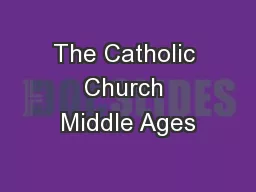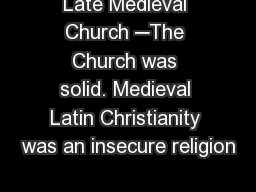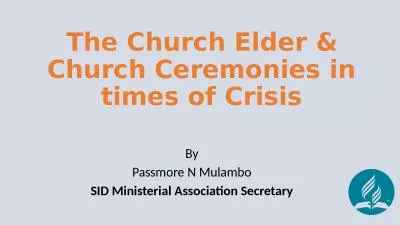PPT-Models of the Church
Author : karlyn-bohler | Published Date : 2017-03-14
Session 01C M308 Michael Pascual MA Goal for the section Consider the different models of Church to assist us in our understanding the readings Background Like
Presentation Embed Code
Download Presentation
Download Presentation The PPT/PDF document "Models of the Church" is the property of its rightful owner. Permission is granted to download and print the materials on this website for personal, non-commercial use only, and to display it on your personal computer provided you do not modify the materials and that you retain all copyright notices contained in the materials. By downloading content from our website, you accept the terms of this agreement.
Models of the Church: Transcript
Download Rules Of Document
"Models of the Church"The content belongs to its owner. You may download and print it for personal use, without modification, and keep all copyright notices. By downloading, you agree to these terms.
Related Documents

